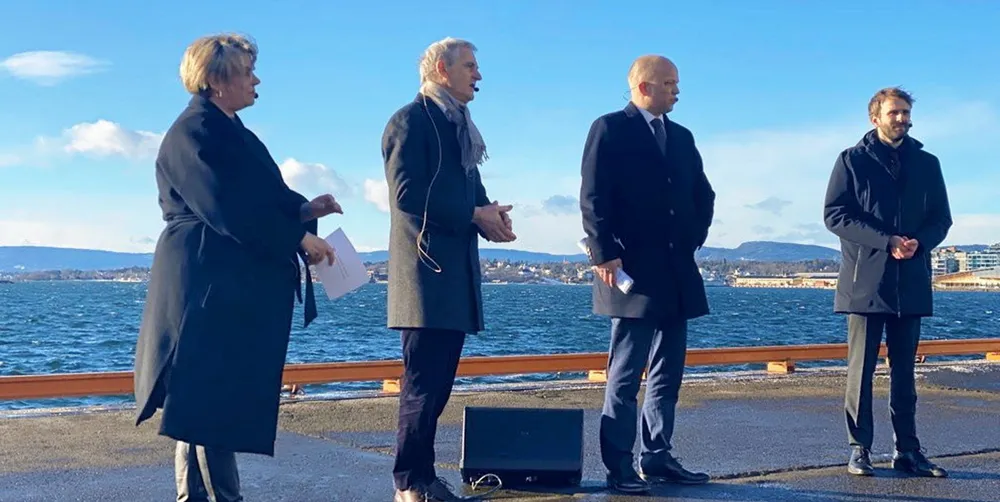Norway prepares first giga-scale North Sea wind auction to become 'green industrial giant'
Tender for half of Southern North Sea 2 zone to be followed by two more 1.5GW auctions as Oslo plans to identify further areas for wind at sea

Tender for half of Southern North Sea 2 zone to be followed by two more 1.5GW auctions as Oslo plans to identify further areas for wind at sea
